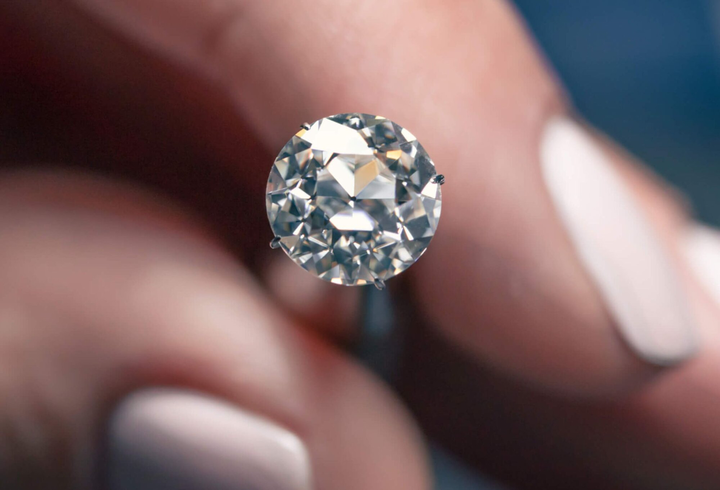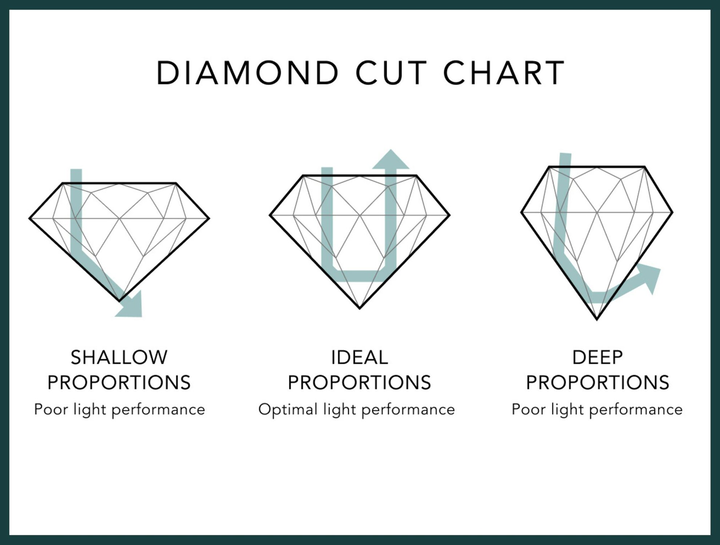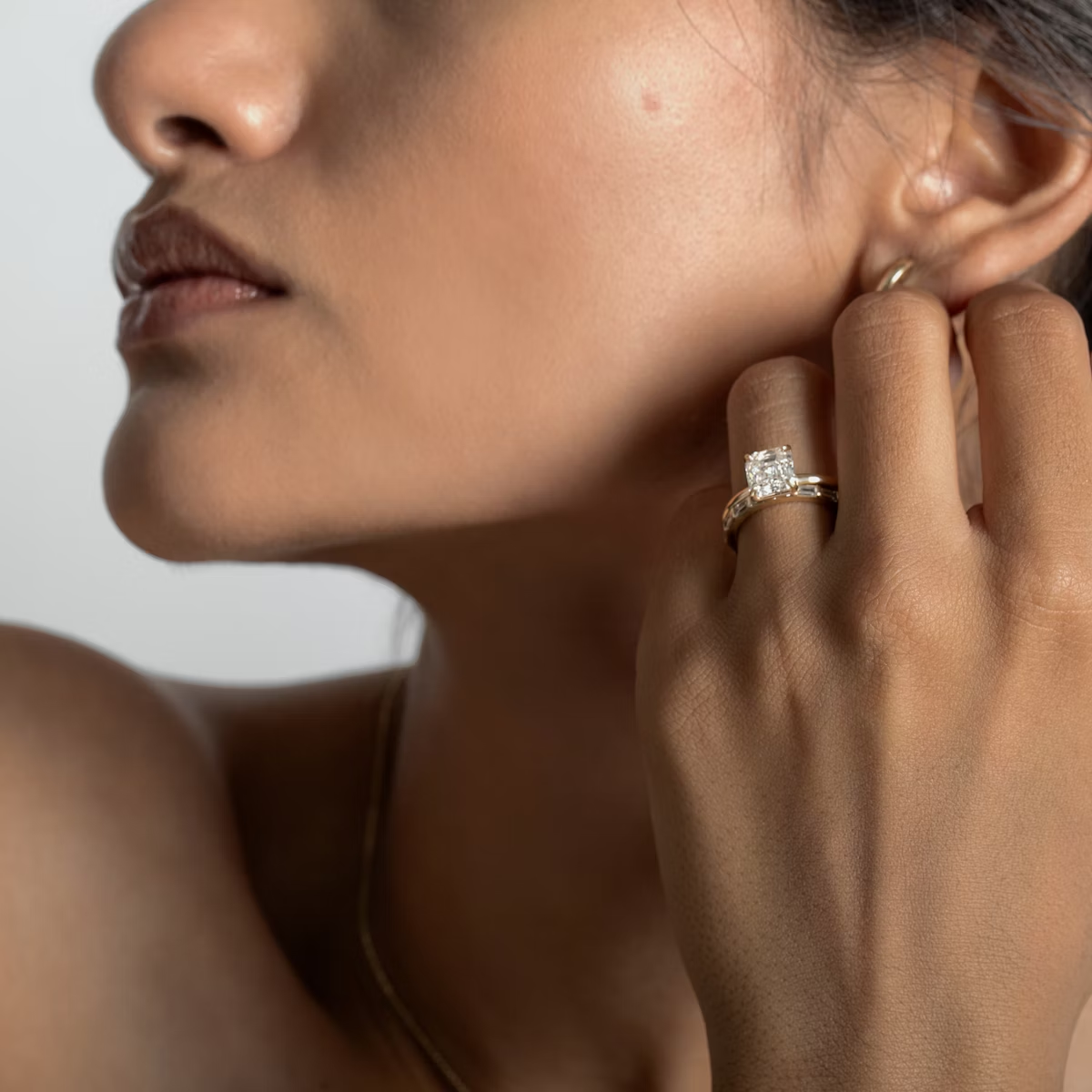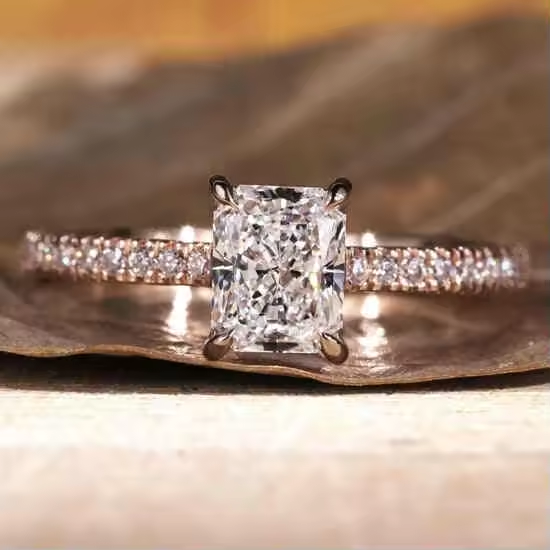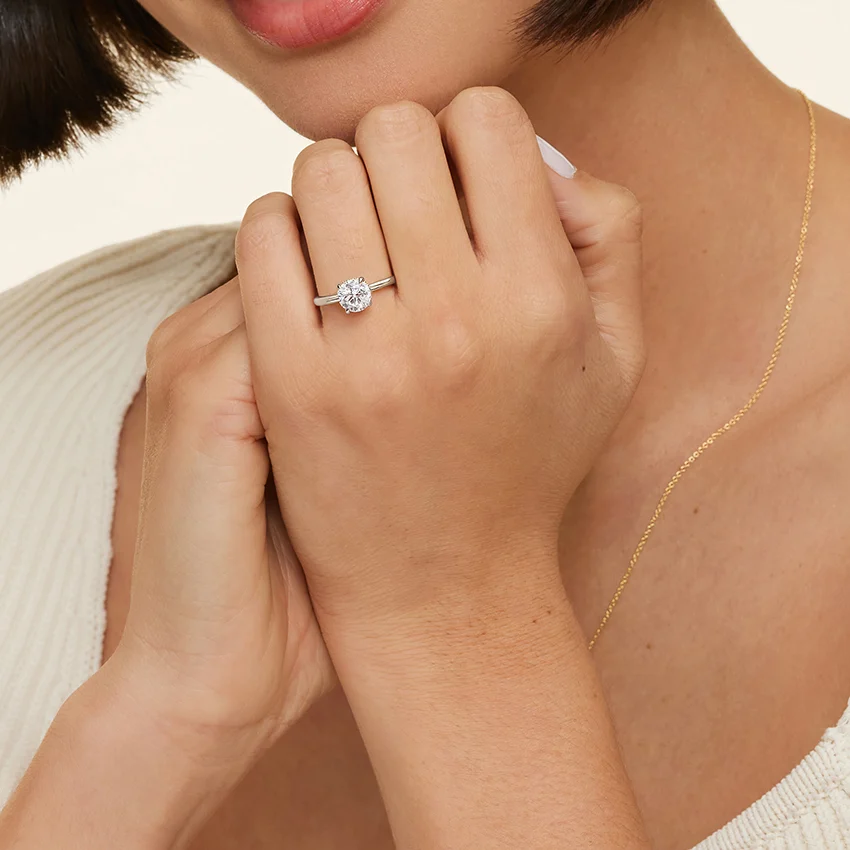
A Must-Read for Proposals: From the Origin of Engagement Rings to Budgeting Guidelines, Unlock Your Path to Happiness
A Must-Read for Proposals: From the Origin of Engagement Rings to Budgeting Guidelines, Unlock Your Path to Happiness
If you’re lucky enough to have found the one you wish to cherish for life, it’s time to prepare for the most important moment of your life—your proposal.
The Origin of Engagement Rings: Thousands of Years of Tradition
When it comes to proposals, the first thing that comes to mind is often the ring, especially the diamond ring. It’s not only a symbol of love but also the centerpiece of the proposal ceremony.
As far back as 6,000 years ago, ancient Egyptian couples began exchanging rings. The first rings were made from papyrus and reeds, shaped into circles and worn on the fourth finger (the "ring finger"). The Egyptians believed that a vein from this finger led directly to the heart, known as the "Vein of Love."
This tradition gradually became accepted across cultures worldwide, and the exchange of wedding rings has since become one of the oldest and most meaningful rituals in expressing love.
“A Diamond is Forever”: How the Diamond Became a Symbol of Love
In 1947, a single advertising slogan changed the history of the diamond industry: “A diamond is forever.” This iconic marketing phrase was created by De Beers in collaboration with a Philadelphia advertising agency.
Why did this phrase resonate so deeply? The emotional logic behind it is profound:
- Timelessness: A diamond symbolizes eternal love and commitment.
- Hardness: A diamond is the hardest material on Earth, reflecting the unwavering nature of love.
- Value: It represents the serious financial commitment of the person proposing.
- Beauty: The shining diamond symbolizes a beautiful life to be built together.
Additionally, the engagement diamond ring also takes on a role as a kind of "promise insurance." If love is a transaction, the diamond is the deposit. For the wearer, the shining diamond on their ring finger is not just a symbol of affection but also a declaration of success and commitment from the proposer.
This slogan is perhaps the most successful marketing campaign in history, linking diamonds forever with love and propelling the global diamond market.
Why Are Diamonds Expensive? The Truth Behind the Price
Many people believe that diamonds are expensive due to their rarity, but this is not entirely true.
What actually drives up the price of diamonds is the complex process from the mine to the consumer:
- Mining: Most diamond mines are located in remote, resource-scarce areas.
- Sorting and Cutting: A significant amount of skill and labor is required to transform rough diamonds into finished gems.
- Grading and Sales: After diamonds are graded by international certification bodies (such as GIA), they enter the retail market.
With the rise of the internet, consumers are becoming more aware of diamond values and the channels through which they are sold. By relying on reputable grading institutions, buyers can ensure the authenticity of their diamond purchases. However, engagement rings remain a significant expense, often leading first-time buyers to adjust their budgets.
Engagement Ring Budgeting Guide: How to Choose Wisely?
1. Income-Based Approach
This method has been around for nearly a century. In the 1930s, during the Great Depression in the U.S., the jewelry industry recommended that consumers spend one month’s salary on an engagement ring.
Over time, this standard rose to two or even three months’ salary, similar to how car buyers often base their purchase decisions on annual income. This rule was created as a sales strategy by the diamond industry to encourage spending, but it is not a requirement to follow strictly.
2. Age-Based Approach
Another method is to divide the bride's age by 10 to determine the corresponding carat weight of the engagement ring. For example, a 30-year-old bride would have a 3-carat diamond. This method is often impractical for younger couples, but it is more common for second marriages or milestone anniversaries where larger carat sizes are more expected.
3. Value-for-Money Approach: Lab-Grown Diamonds vs. Natural Diamonds
For consumers seeking better value, lab-grown diamonds have become a popular choice in recent years. Compared to natural diamonds, lab-grown diamonds offer the following advantages:
- Better Value: For the same carat weight and cut, lab-grown diamonds are more affordable.
- Higher Clarity: Lab-grown diamonds typically have fewer inclusions, offering better visual appeal.
- Environmentally Friendly: Lab-grown diamonds have a much smaller environmental impact, aligning with modern consumer values.
For budget-conscious buyers who still want quality, lab-grown diamonds provide a way to save money while ensuring beauty and significance.
How to Choose a Diamond Ring: A Balance of Emotion and Reason
An engagement ring is not only a symbol of love but also a lifelong commitment. When choosing a diamond ring, it’s important not to simply chase after the most expensive option but to select one that truly suits you and your partner, considering both budget and needs:
- For Classic Taste: Choose a well-cut round diamond with excellent fire and brilliance.
- For a Unique Touch: Consider alternative cuts like oval or heart-shaped diamonds for a more personalized look.
- For Value: Opt for lab-grown diamonds, offering a great balance of price and sustainability.
Whether you choose a natural or lab-grown diamond, the true value of the engagement ring lies in the emotions and promises it carries. We hope this guide helps you in your journey to propose and wish you a lifetime of happiness together!

